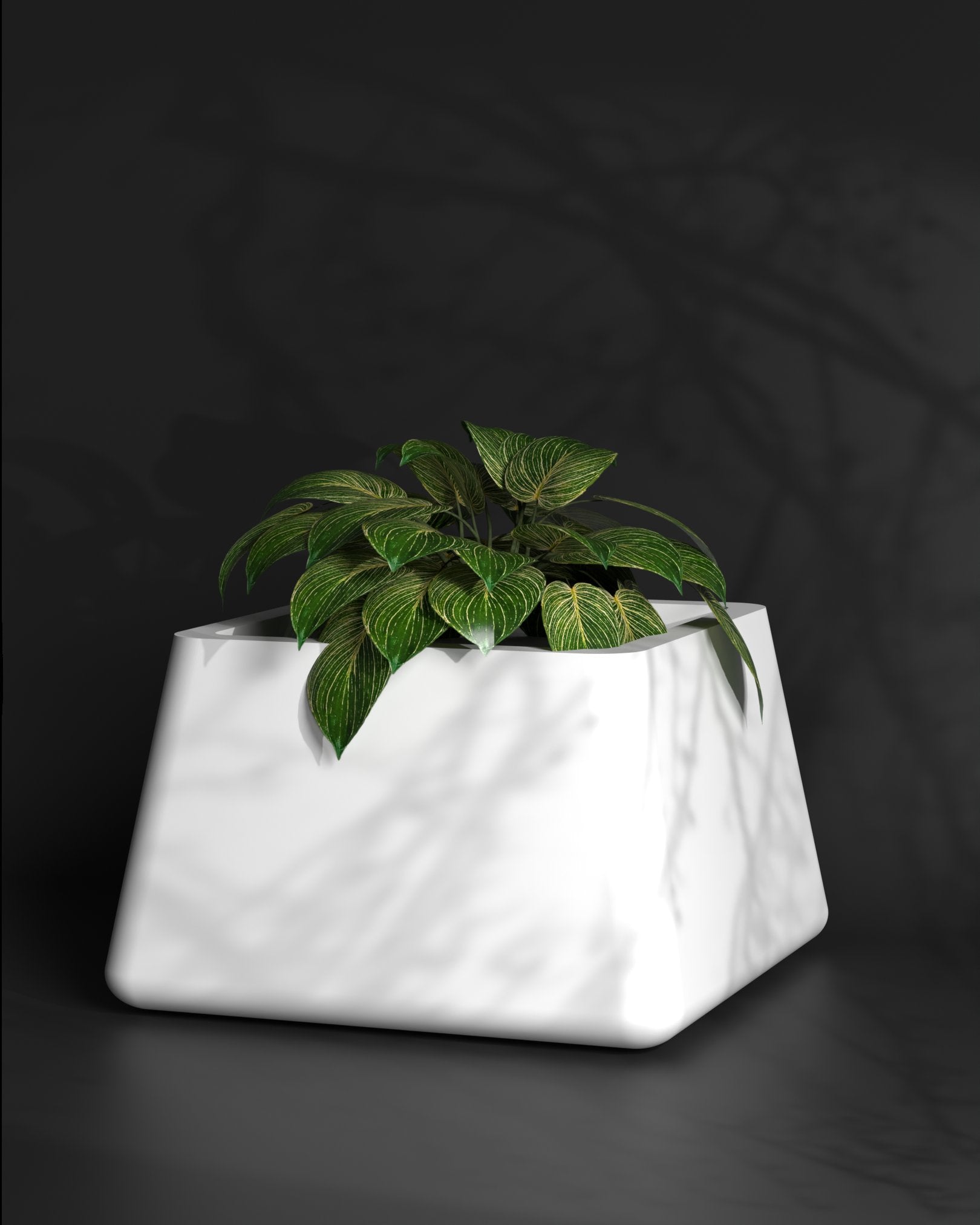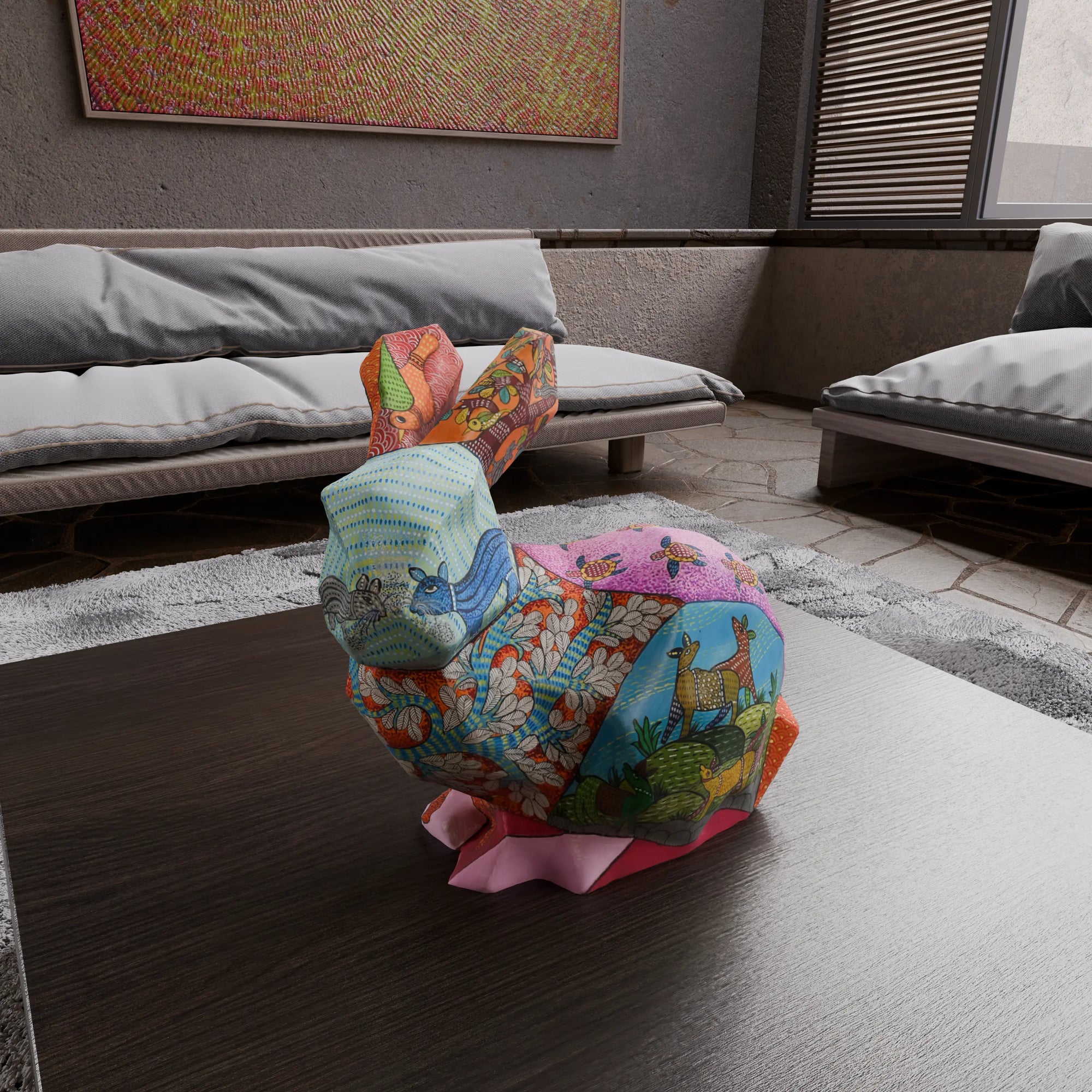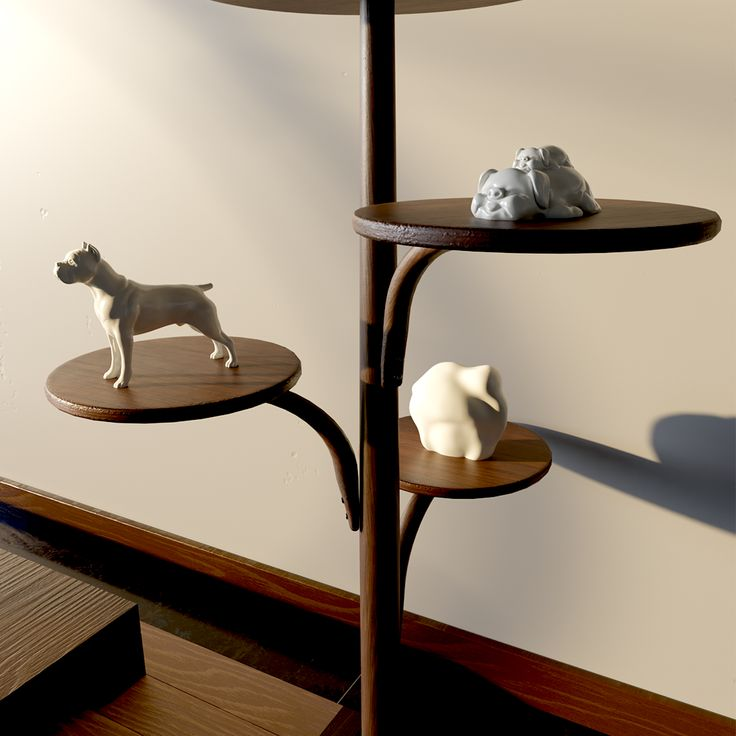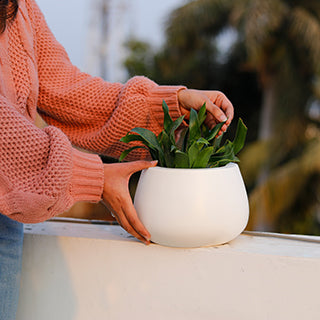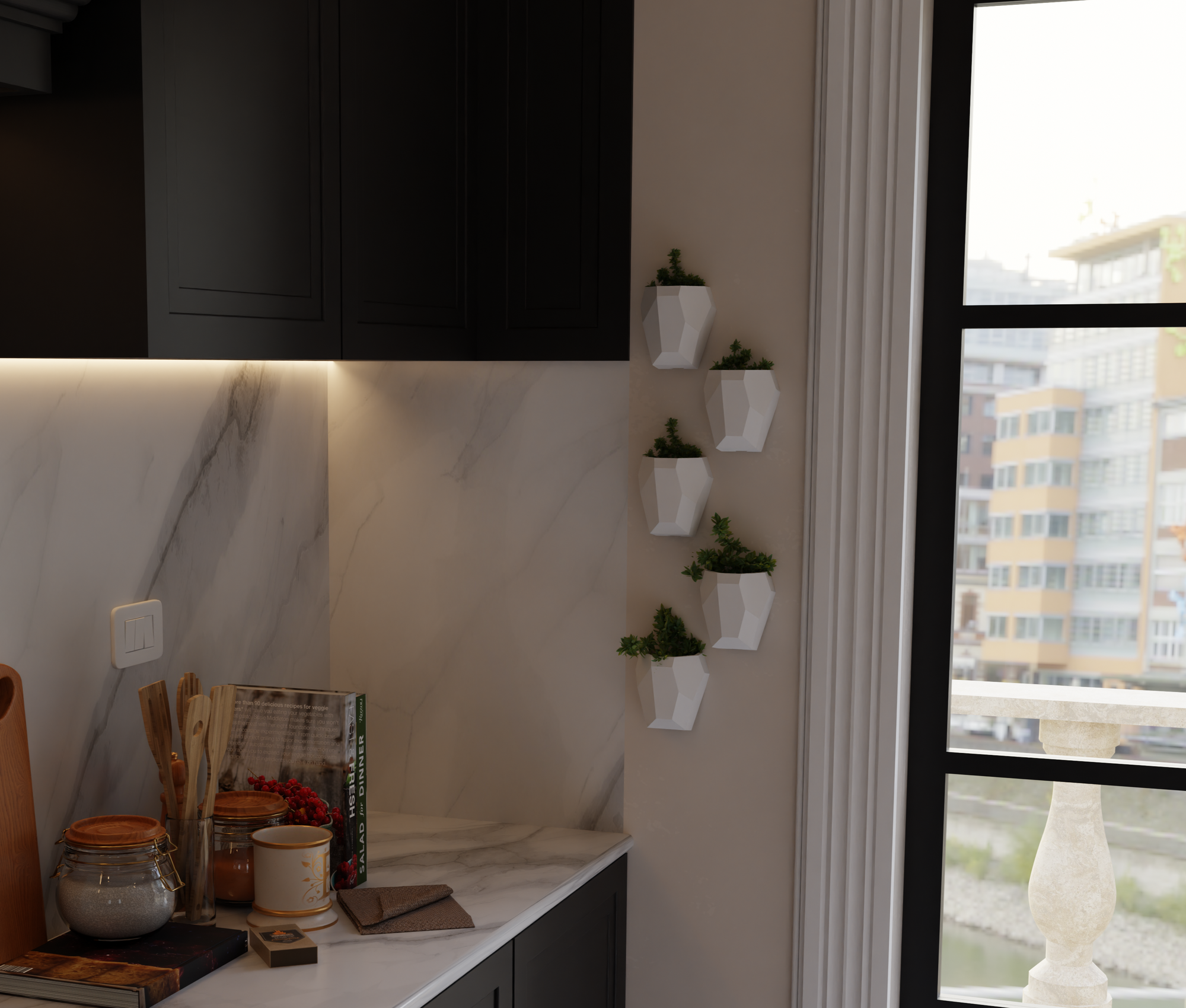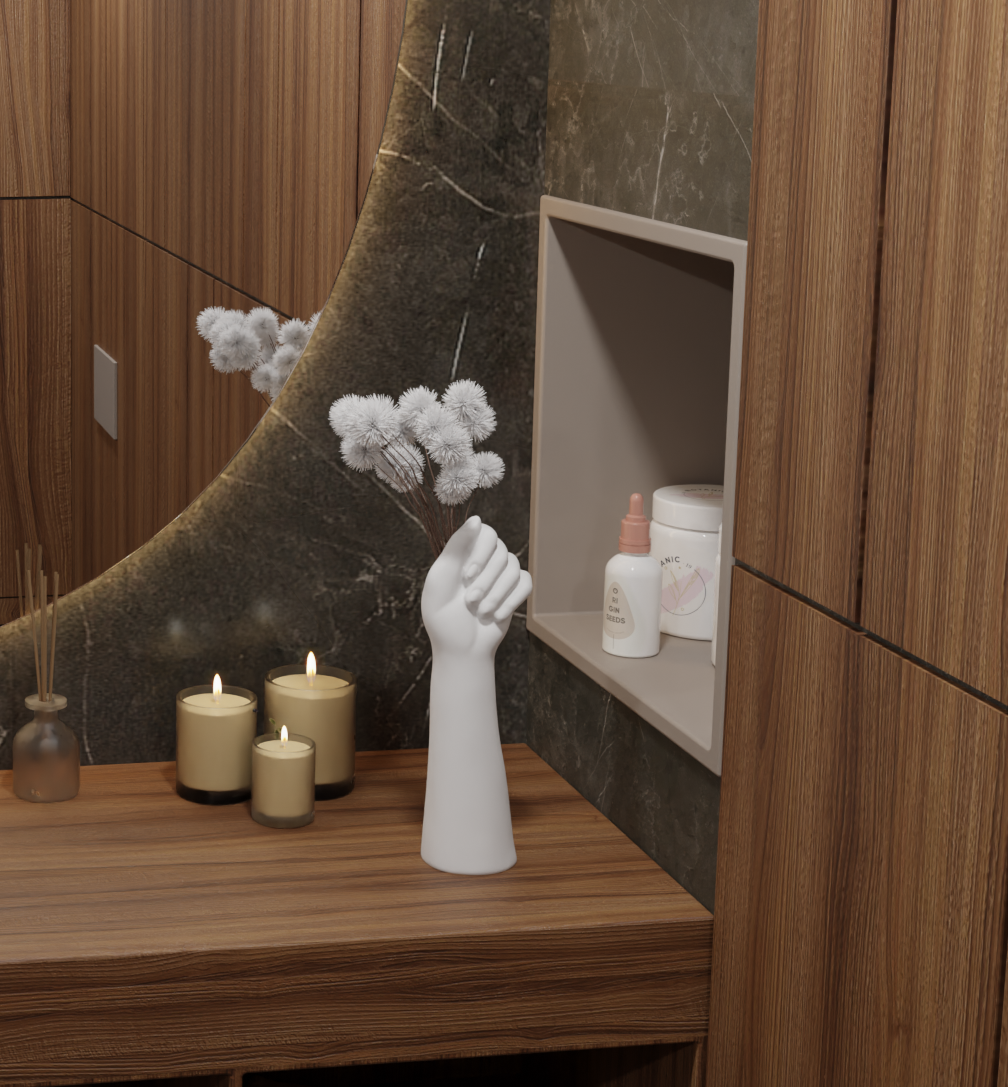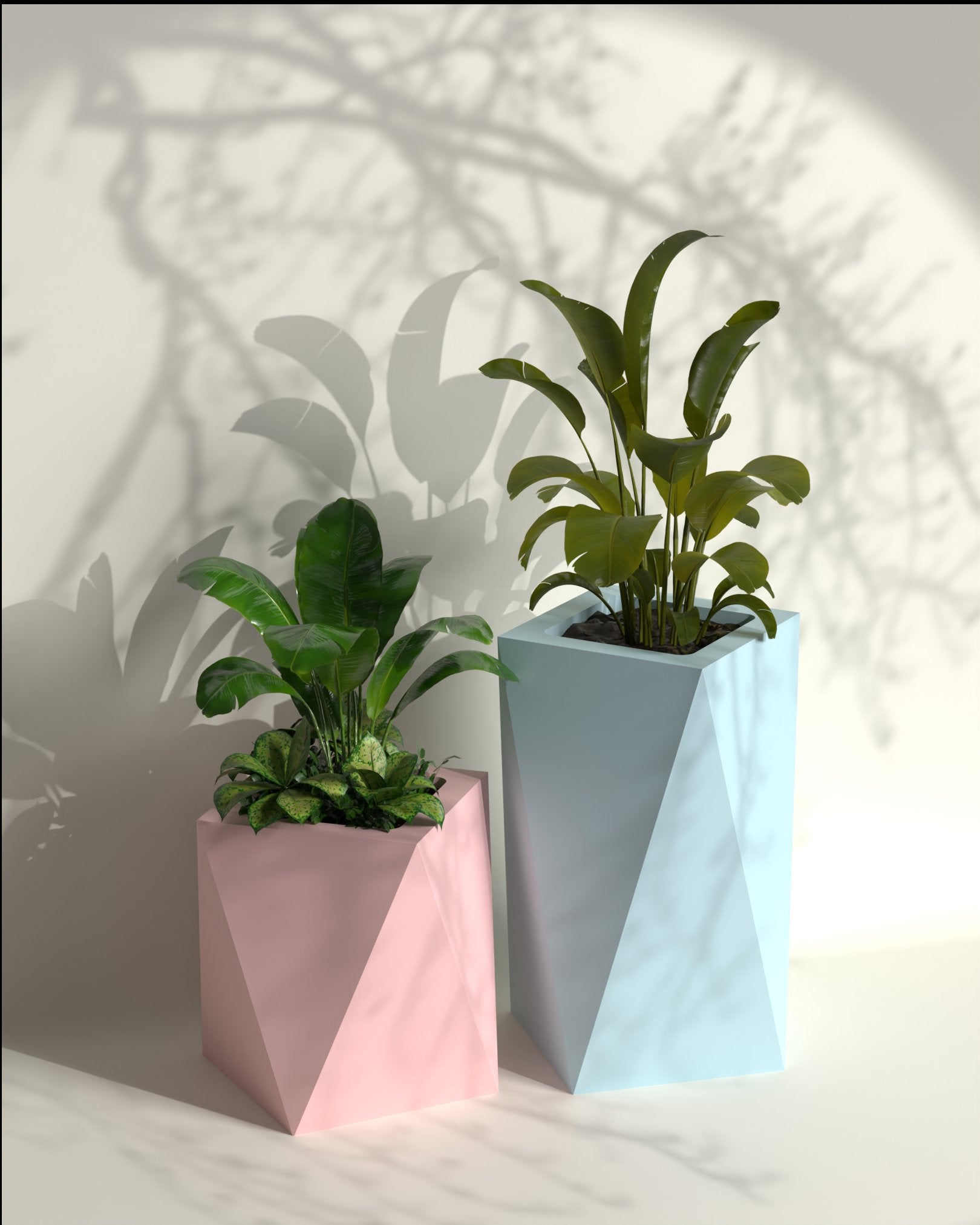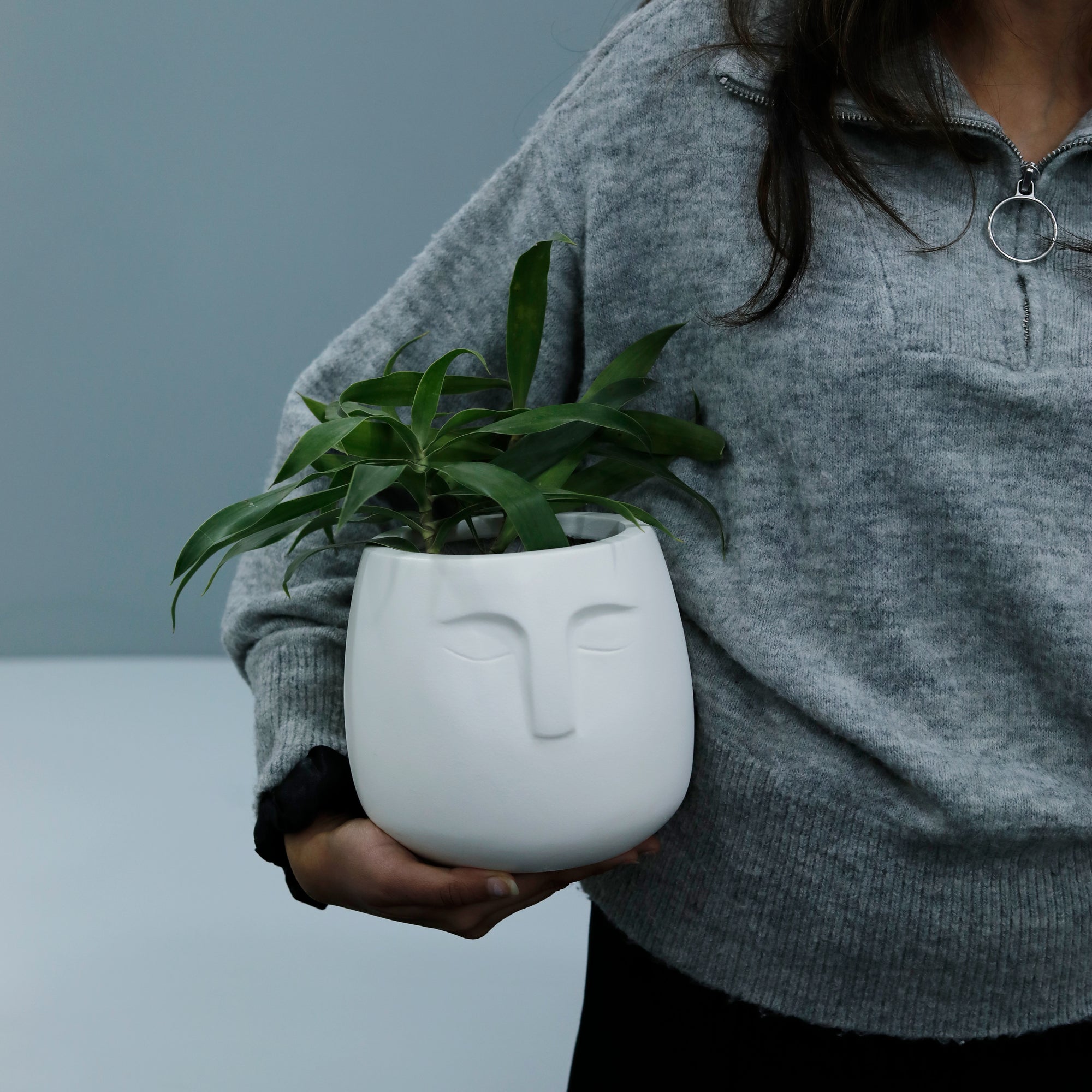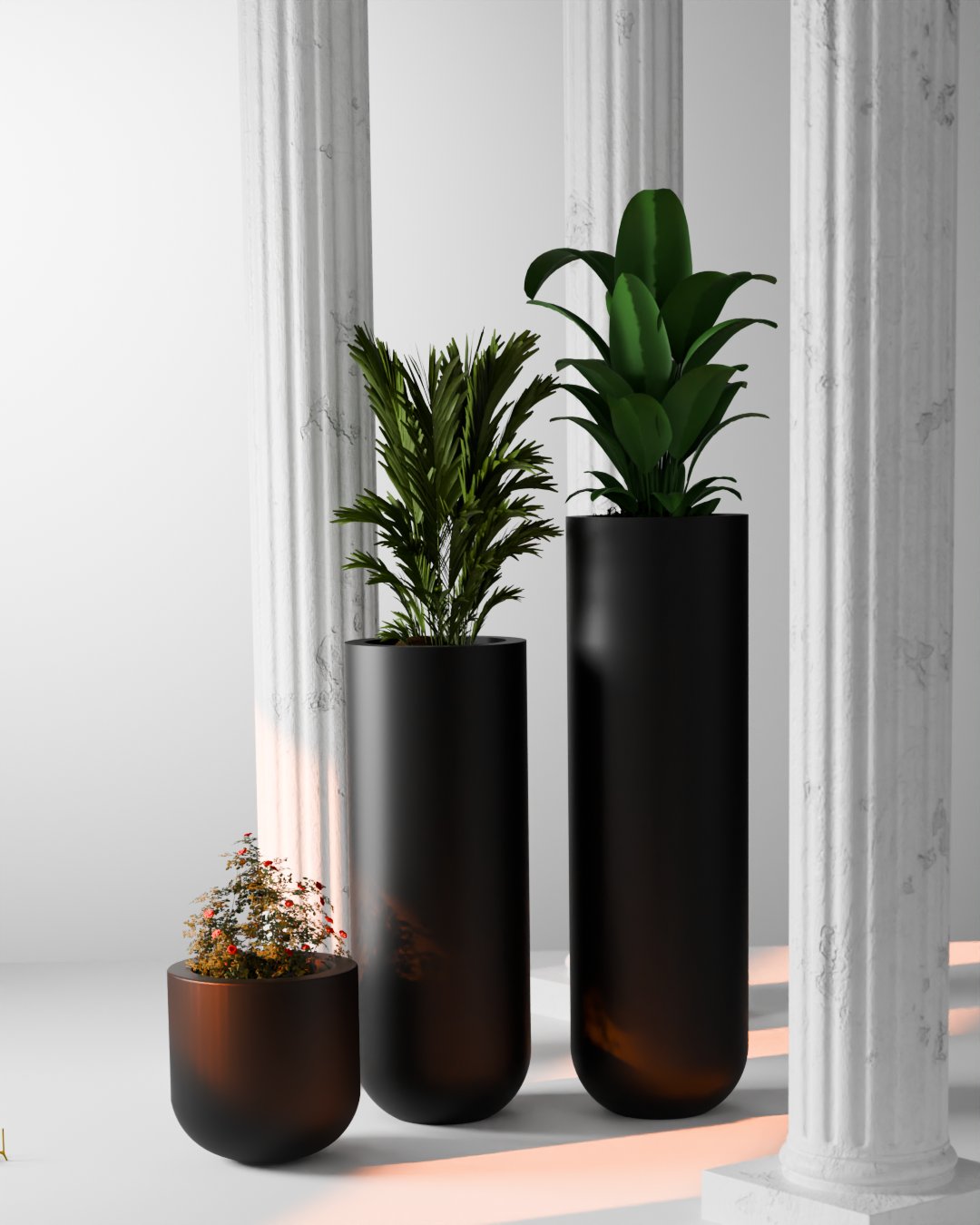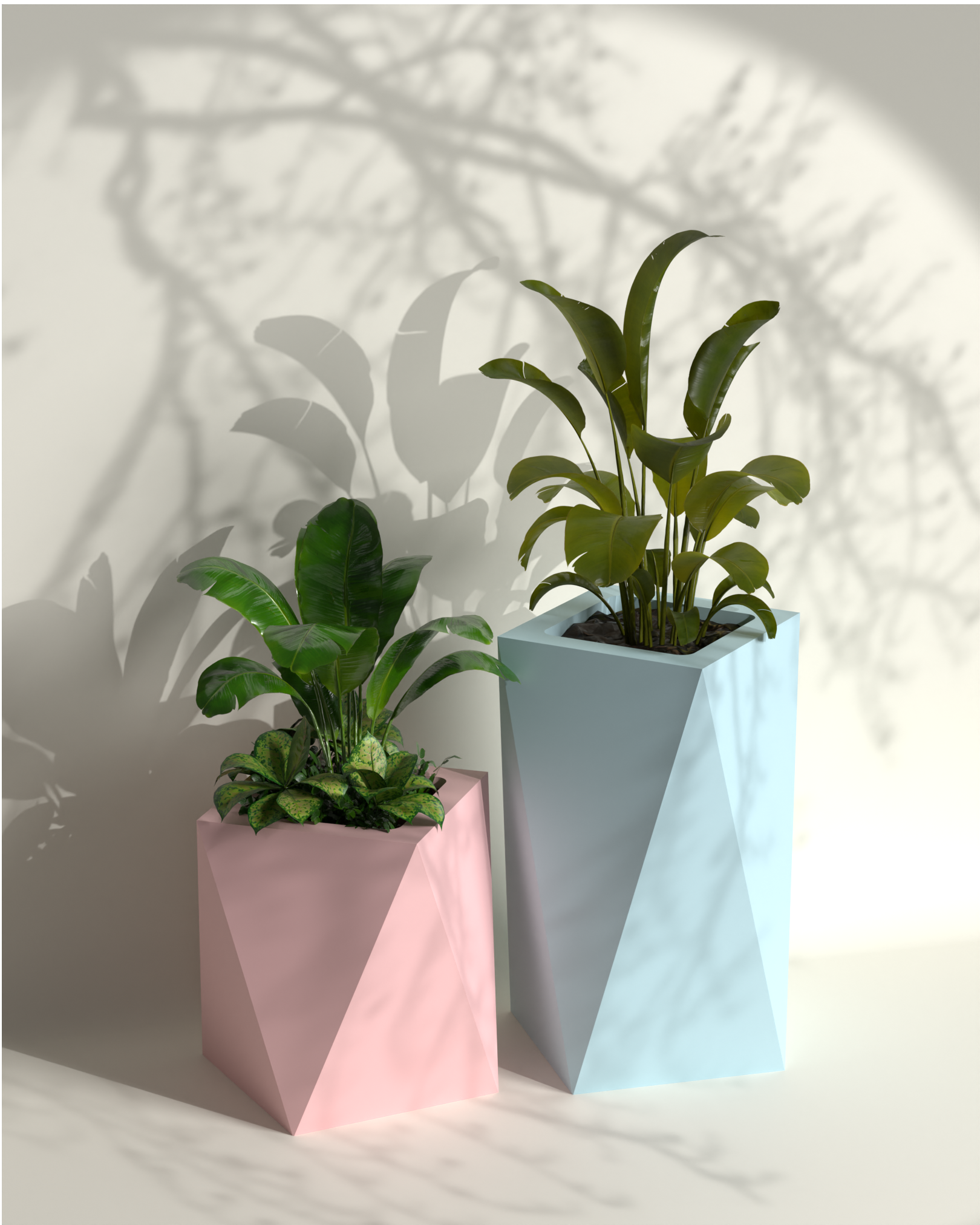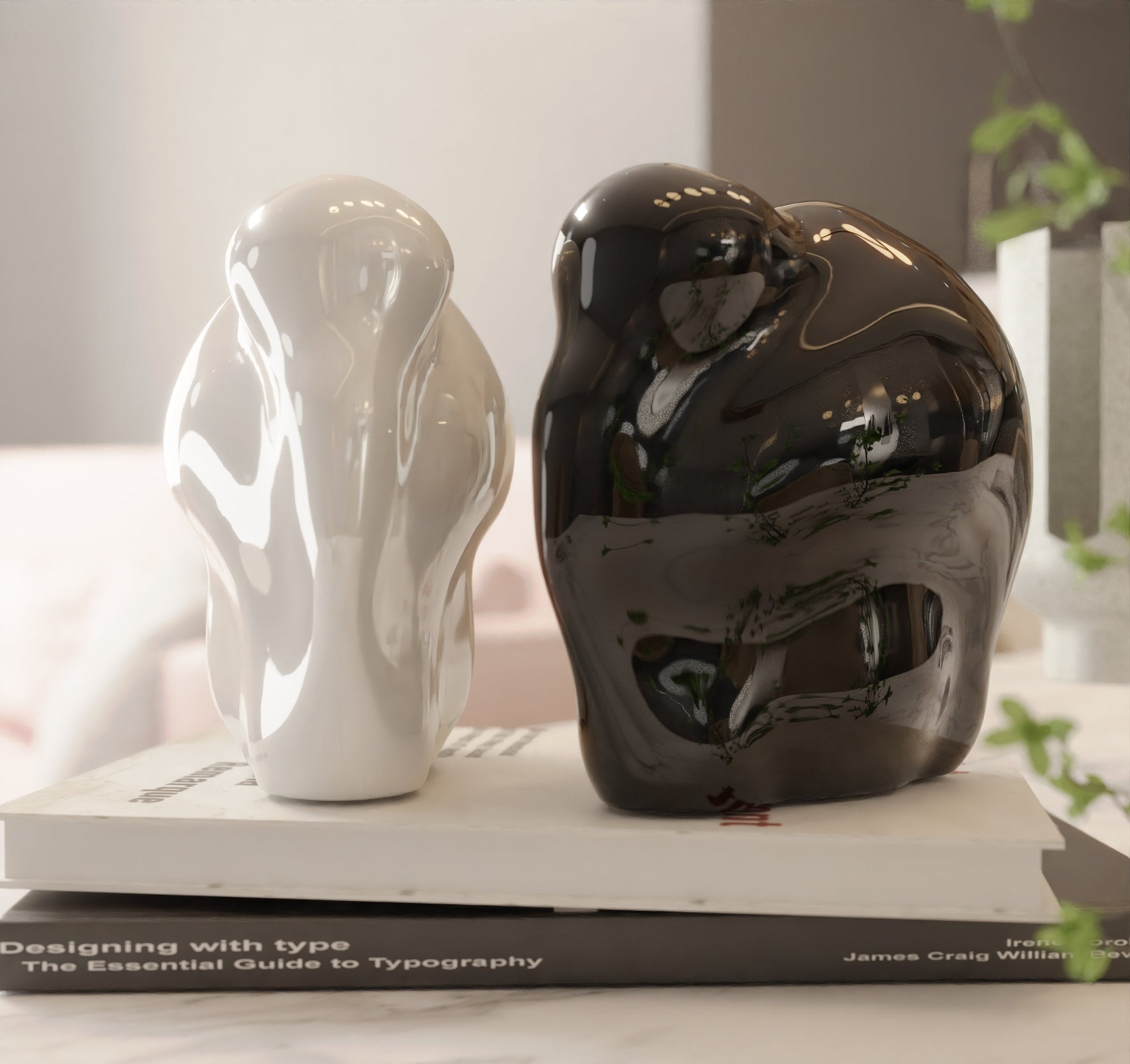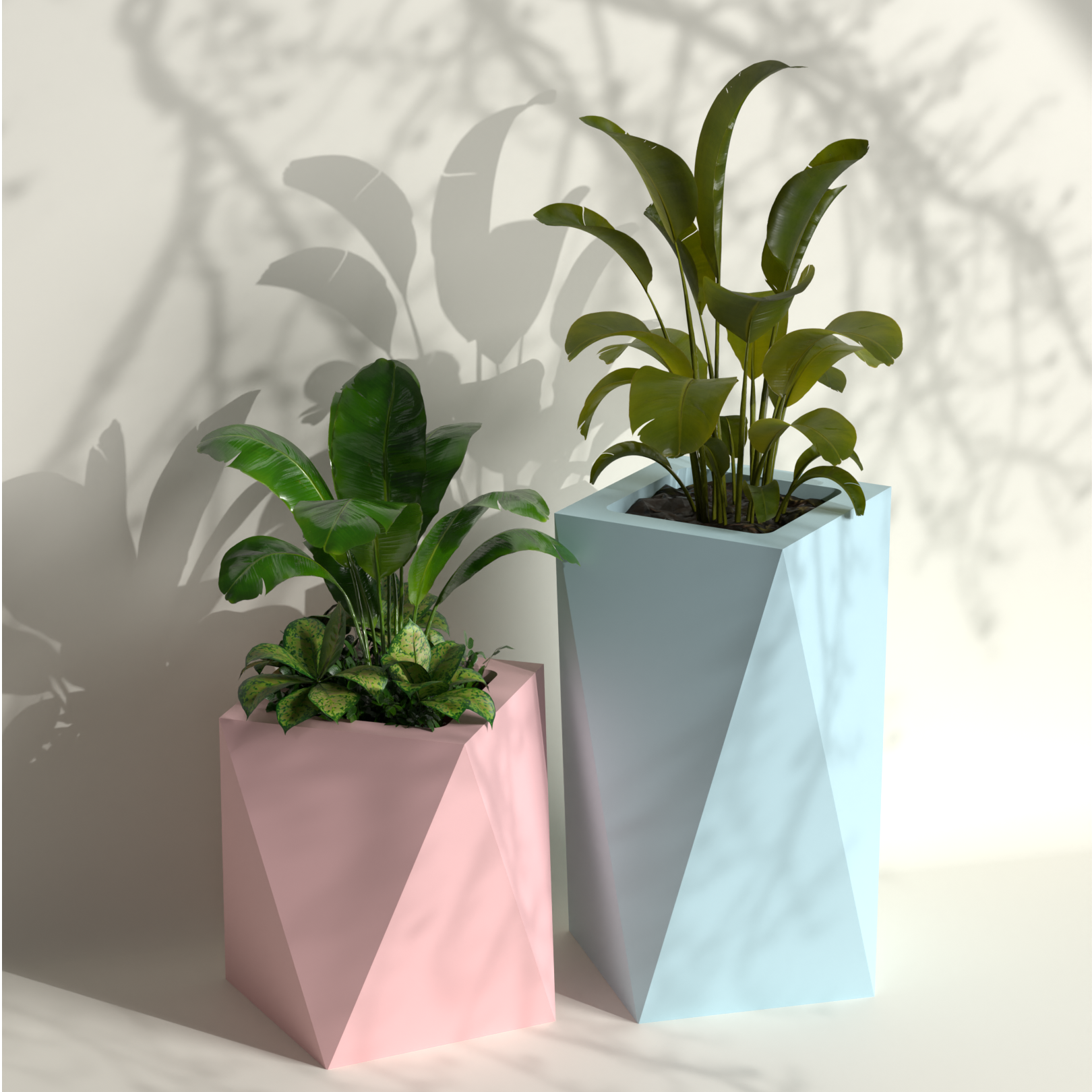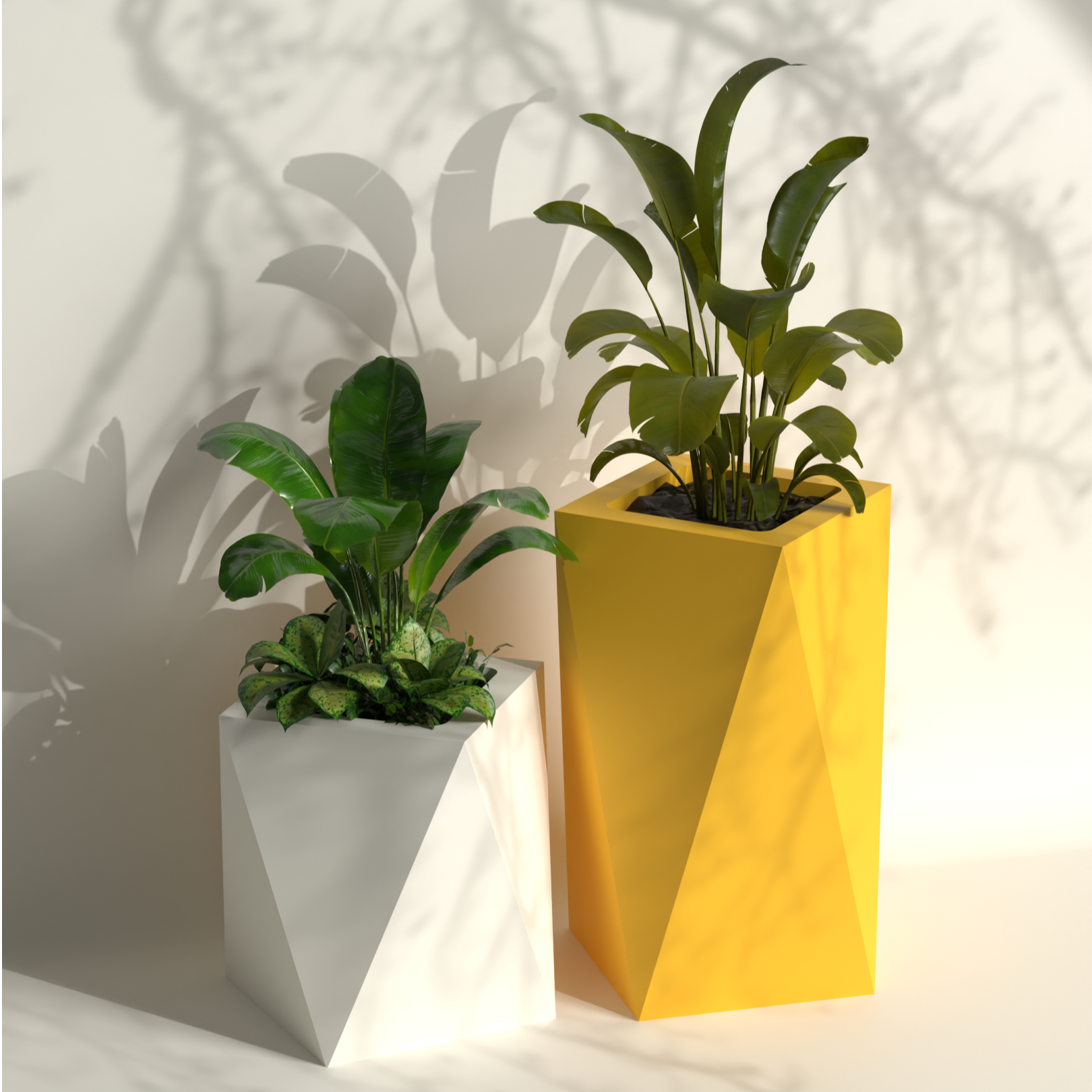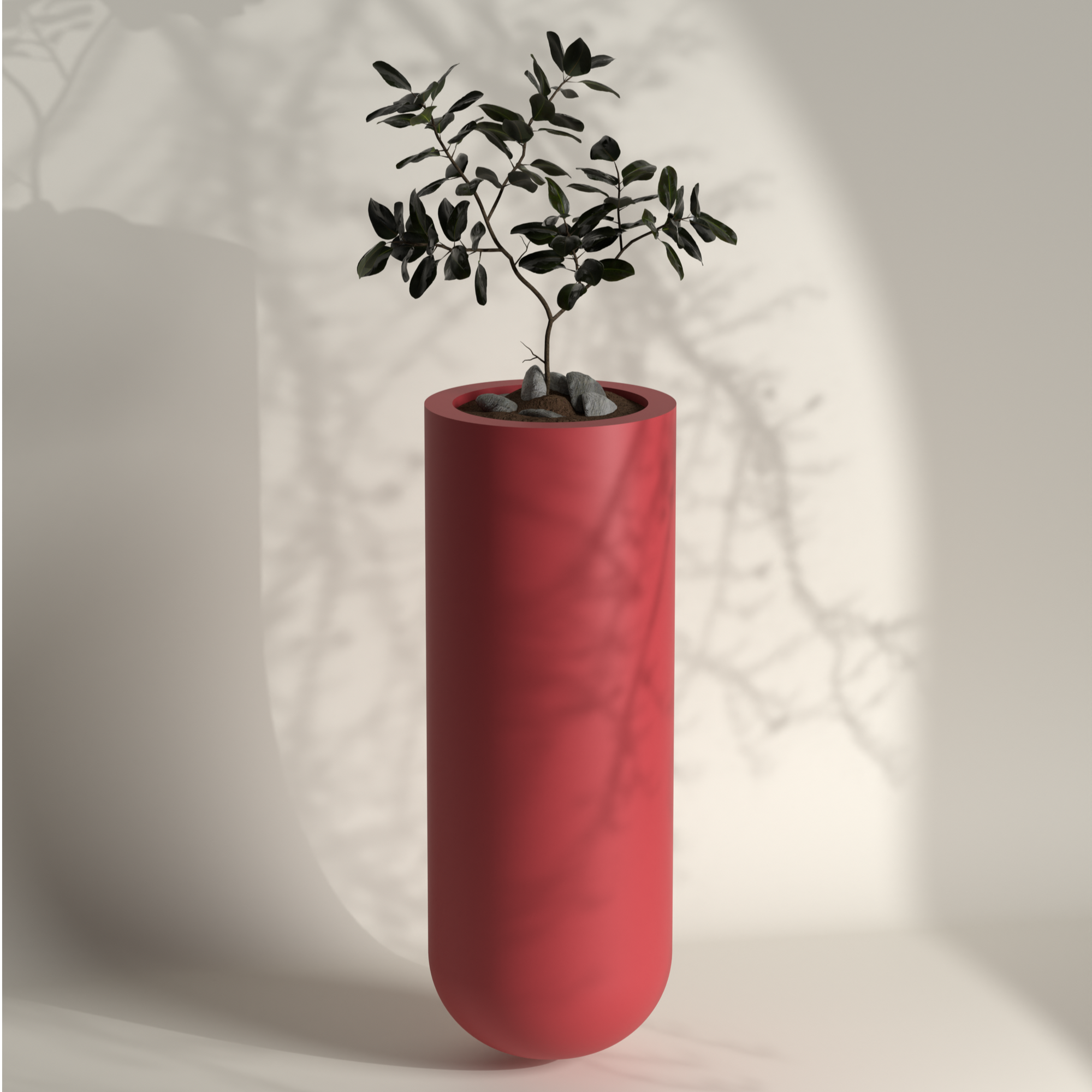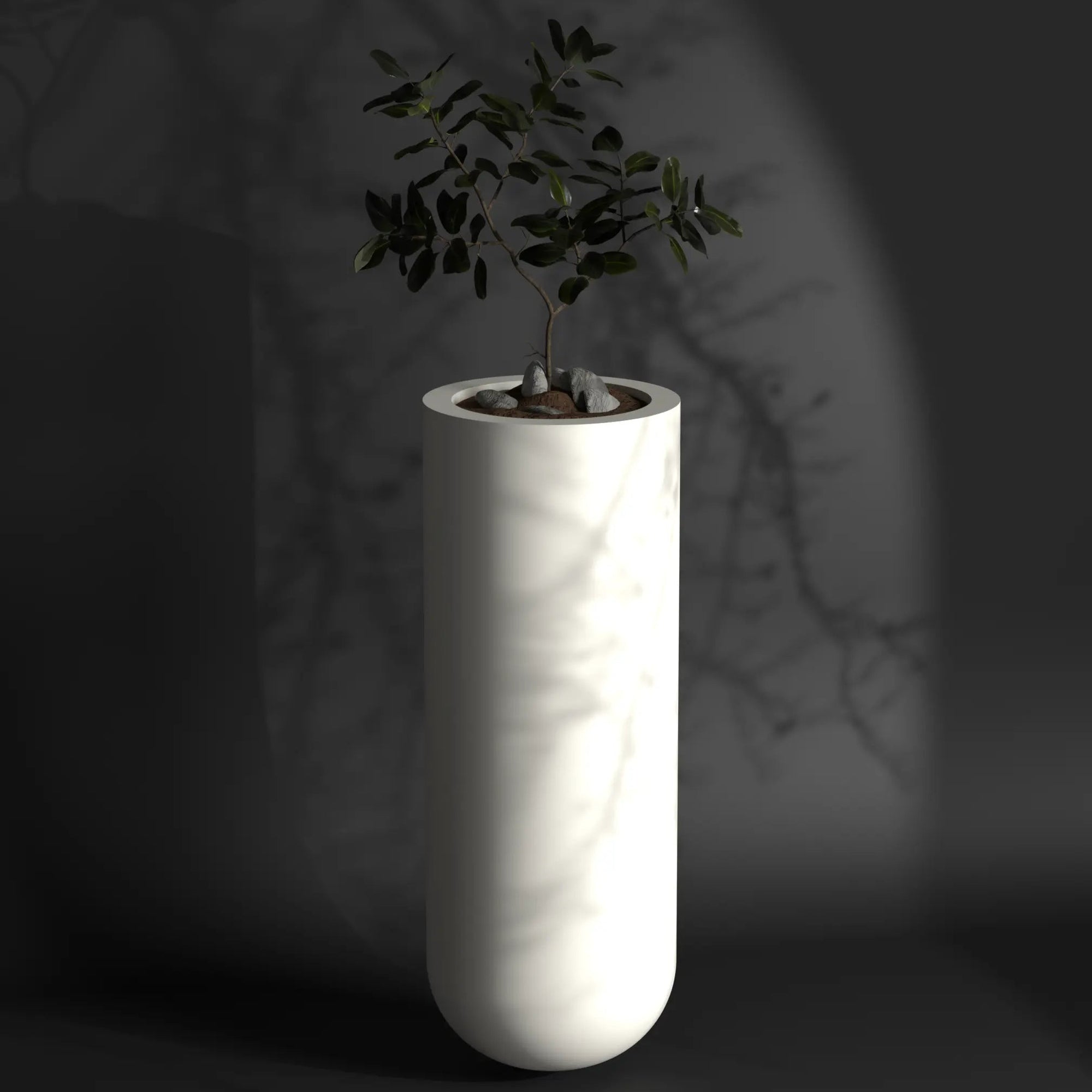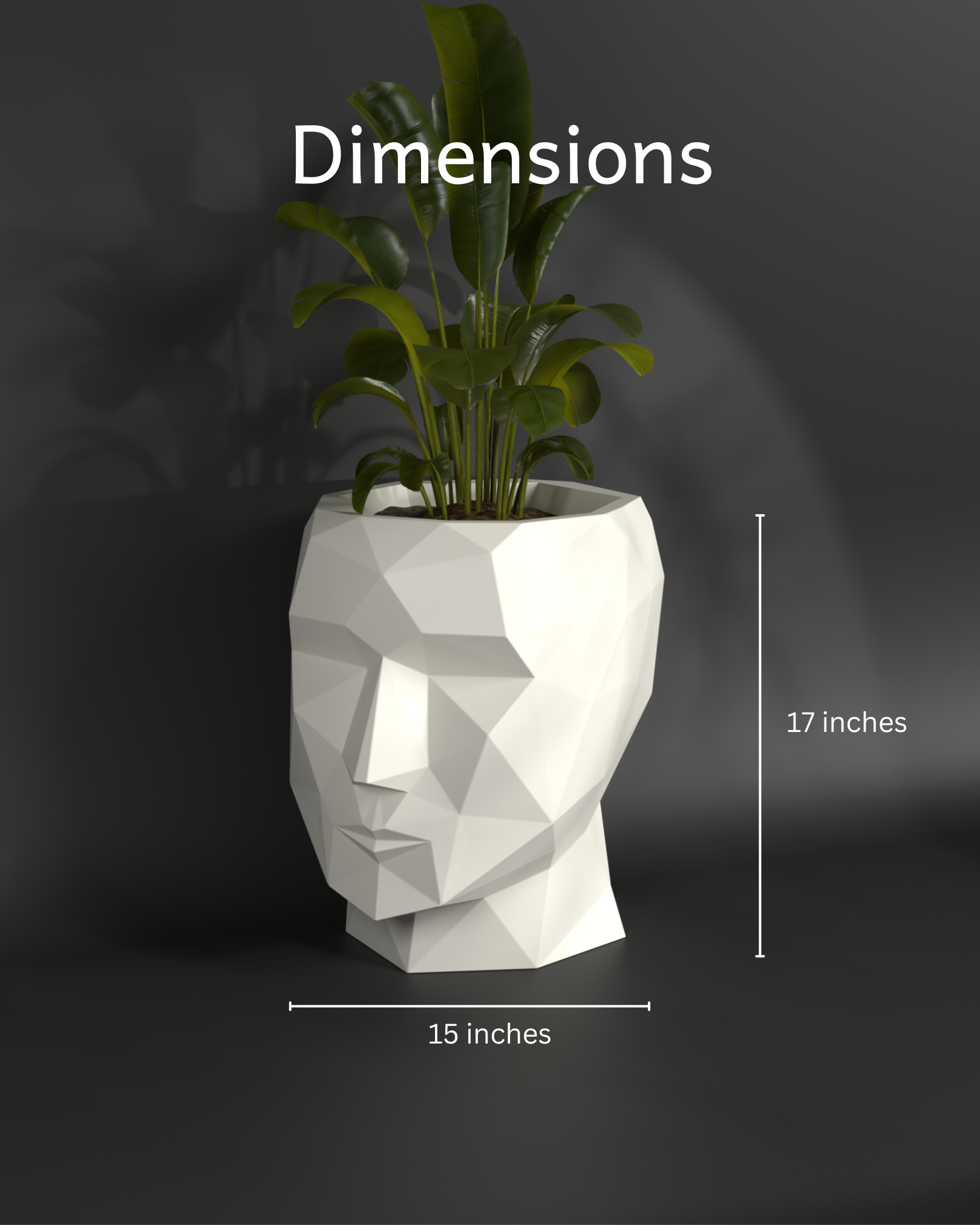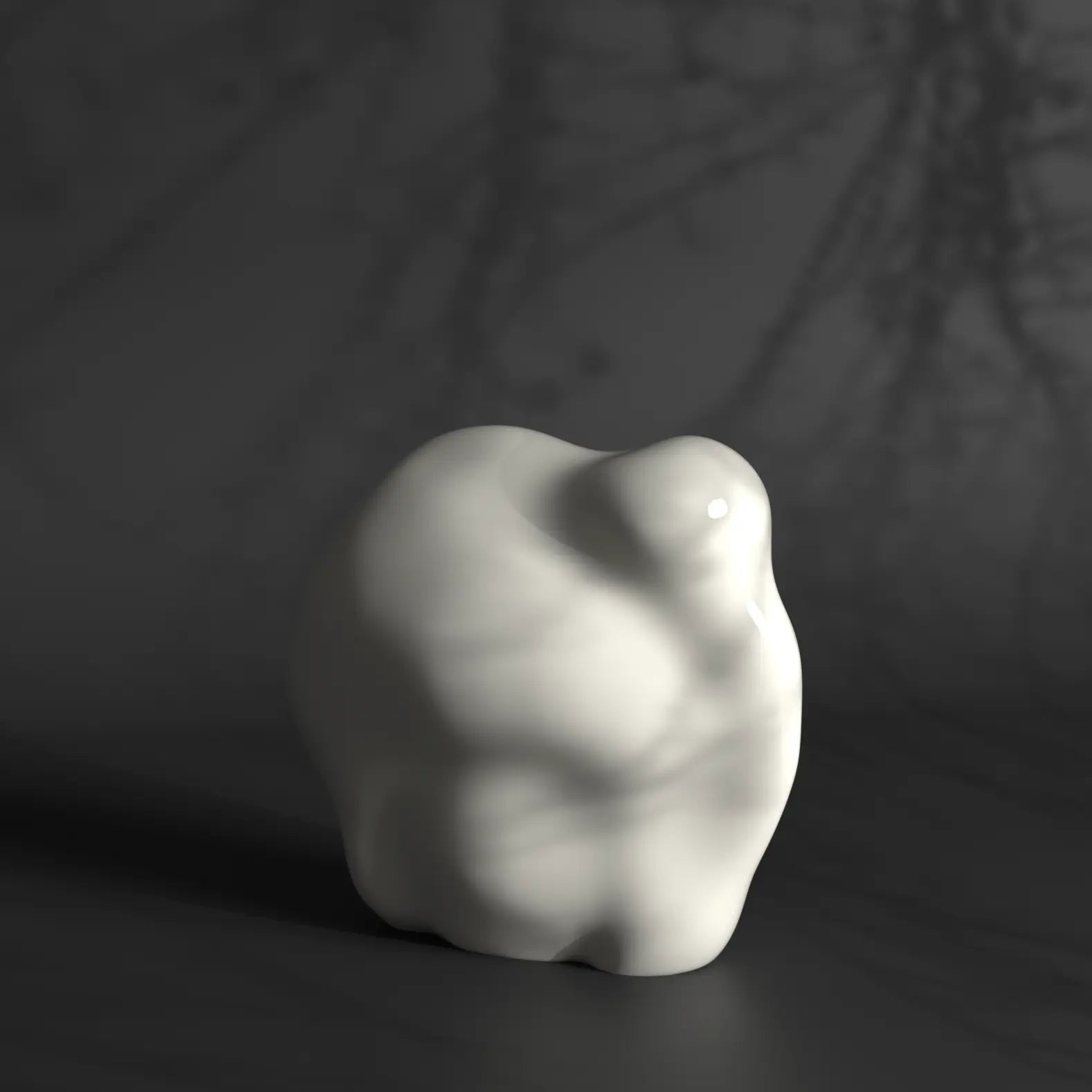
Preparing Your FRP Planters for Next Spring: A Winter Checklist
As the cold winter months approach, it's essential to take the necessary steps to ensure that your FRP (Fiberglass Reinforced Plastic) planters and their precious plant inhabitants survive the winter season and are ready to thrive next spring. Proper preparation can make all the difference in maintaining the beauty and longevity of your garden. Here’s a comprehensive winter checklist to help you prepare your FRP planters for the impending frosty weather.
1. Clean and Inspect Your FRP Planters
Before winter sets in, clean your FRP planters thoroughly. Remove all dirt, debris, and dead plant material from the planters. This not only improves aesthetics but also prevents the buildup of mold and pests. While cleaning, inspect your planters for any signs of cracks or damage. Address any issues to ensure that your planters remain in optimal condition throughout the winter.

2. Evaluate and Trim Your Plants
Assess the health of the plants in your FRP planters. Prune dead or diseased foliage and trim back overgrown branches. Trimming your plants not only promotes healthy growth but also reduces the burden on the plant during the less active winter period.

3. Replenish the Soil
Winter is an excellent time to replenish and refresh the soil in your FRP planters. Remove about one-third of the existing soil and replace it with fresh, nutrient-rich potting mix. This ensures that your plants have access to the nutrients they need to survive the winter and bounce back in spring.

4. Mulch for Extra Protection
Adding a layer of mulch on top of the soil in your FRP planters can provide extra insulation to the roots, helping to protect them from freezing temperatures. Organic mulches like straw, leaves, or bark chips work well and also slowly decompose, adding nutrients to the soil.

5. Water Sparingly but Consistently
During winter, plants in FRP planters need less water than in the warmer months. However, it’s crucial not to let the soil dry out completely. Water sparingly but consistently, ensuring that the soil remains slightly moist. Overwatering can lead to root rot, especially in colder temperatures.

6. Insulate Your Planters
To protect your FRP planters and plants from extreme cold, consider insulating them. You can wrap the exterior of the planters with bubble wrap, burlap, or a frost blanket. Insulating helps to maintain a more stable temperature for the soil and roots, reducing the risk of frost damage.

7. Group Planters Together
If possible, group your FRP planters together during the winter months. Placing them close to each other creates a microenvironment that can help retain heat and provide some protection from cold winds. Additionally, if you have a sheltered spot such as a garage, porch, or greenhouse, consider moving the planters there.

8. Check for Pests and Diseases
Winter doesn’t mean the end of pests and diseases. Regularly check your plants and planters for any signs of infestation or disease. Address issues promptly to prevent them from spreading and affecting your plants’ ability to recover in the spring.

9. Plan for Spring Planting
Use the winter months to plan for the upcoming spring planting season. Decide which plants you want to add to your FRP planters and make a list of necessary supplies. Early planning ensures that you’re ready to spring into action as soon as the weather warms up.

10. Monitor Weather Conditions
Keep an eye on the weather forecast throughout the winter. Be prepared to take additional measures, such as covering your planters with frost cloths or moving them indoors, during particularly cold snaps.

By following this winter checklist, you can ensure that your FRP planters and plants are well-prepared to withstand the colder months and are ready to flourish once spring arrives. With a little extra care and attention, your garden will emerge from winter looking vibrant and full of life.


